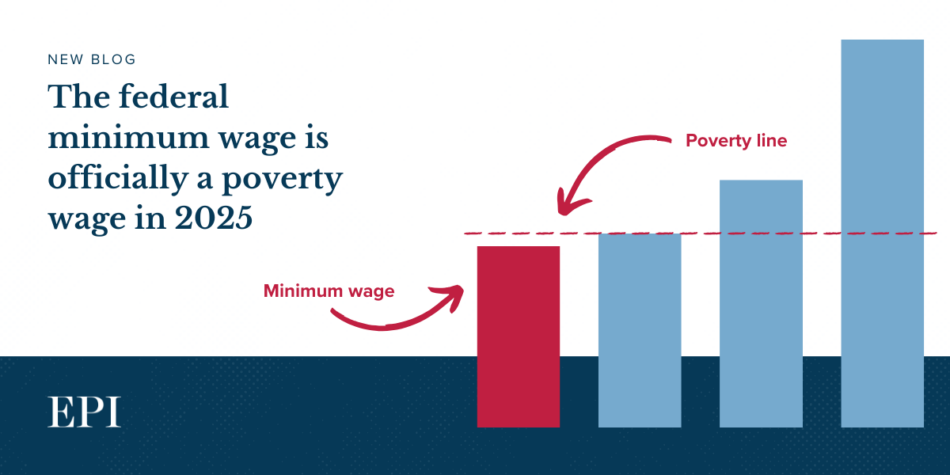The Transformative Impact of Nuclear Weapons on Warfare Strategies

The introduction of nuclear weapons in the mid-20th century marked a pivotal moment in the history of warfare, fundamentally altering the strategies employed by nations around the globe. For the first time, humanity was confronted with the terrifying prospect of total annihilation, which compelled military and civilian strategists to seek alternative avenues for conflict resolution. As states grappled with the potential consequences of nuclear engagement, they began to temper their ambitions, often settling for outcomes that fell short of outright victory. This shift in strategic thinking is a primary reason, among others, that winning wars has become increasingly difficult since the end of World War II.
In the aftermath of World War II, two significant conflicts underscored the impact of nuclear deterrence on military decisions. During the Korean War, when the Chinese army intervened, General Douglas MacArthur urged President Harry Truman to escalate the conflict by invading China and employing nuclear weapons to secure a decisive victory. However, Truman was acutely aware of the potential repercussions; he feared that such a move could provoke a nuclear response from Chinas Soviet ally and lead to a quagmire on the Chinese mainland. Consequently, Truman opted to limit military engagement to the Korean peninsula, culminating in a stalemate that left both sides without a clear victory.
The Vietnam War further demonstrated the constraints imposed by the fear of nuclear escalation. Senior military leaders recommended a full-scale invasion of North Vietnam, advocating for the use of overwhelming air power to bring the conflict to a swift end. Yet, President Lyndon Johnson rejected their proposals, convinced that such actions could spark a broader conflict with nuclear-armed China. As the war dragged on, the United States adopted a defensive posture, ultimately losing the resolve to support its allies in South Vietnam.
In the subsequent War in Afghanistan, which spanned from 2001 to 2021, the presence of Pakistans nuclear arsenal acted as a deterrent against the United States taking decisive action to disrupt Taliban operations on Pakistani soil. This sanctuary allowed the Taliban to persist in their fight against U.S. forces, regardless of the casualties sustained. Frustrated by the protracted nature of the conflict, the U.S. once again abandoned its allies as it withdrew its military presence.
The 2022 Russian invasion of Ukraine also exemplified how nuclear considerations can shape military outcomes. Ukraine had given up its nuclear weapons in 1994, relying on assurances of security from foreign powers. Initially, it appeared that Russia could achieve a swift victory; however, Ukraine's conventional forces mounted a formidable defense, thwarting the Russian militarys early attempts to capture Kyiv. The ensuing stalemate has been characterized by a pervasive fear of nuclear escalation, which has prevented both Russia and its allies from considering nuclear options in pursuit of total victory.
Recent insurgencies and civil wars reveal another layer of complexity in modern warfare, often hindered by poor leadership. Great powers frequently support weak leaders to maintain influence, either out of respect for national sovereignty or due to a lack of viable alternatives. These leaders, however, often struggle to fully eliminate enemy combatants within their borders. The United States faced this dilemma in various conflicts, including those in Cambodia, El Salvador, Somalia, Iraq, Afghanistan, and Yemen, while the Soviet Union encountered similar challenges in Afghanistan and Ethiopia.
Moreover, a growing aversion to large-scale and persistent casualties has tempered the willingness of nations to engage in the kind of attrition warfare that historically led to decisive outcomes. This shift in mindset has resulted in the United States ending several recent conflicts without achieving victory, as seen in the Korean War, Vietnam War, and the wars in Iraq and Afghanistan. Likewise, European nations have frequently retreated from conflicts, such as the First Indochina War and the Algerian War, whenever the toll of casualties became too high.
The media's extensive coverage of warfare has heightened public sensitivity to casualties, contributing further to this aversion. Additionally, societal changes, including the decline in family size, mean that families today are less willing to accept the risks associated with sending sons into military service. In earlier generations, when larger families were the norm, there was often a greater acceptance of military service. Furthermore, the rise of democratic governance has led to greater responsiveness to public sentiment, particularly regarding the lives of young men in the armed forces. In parts of the West, a decline in religious beliefs has also influenced attitudes toward sacrifice, resulting in a decreased willingness to risk lives in conflicts that lack a deeper ideological justification.
























